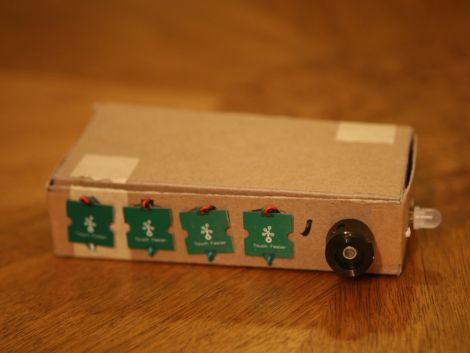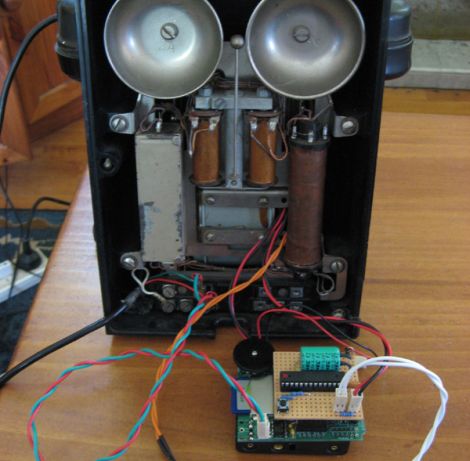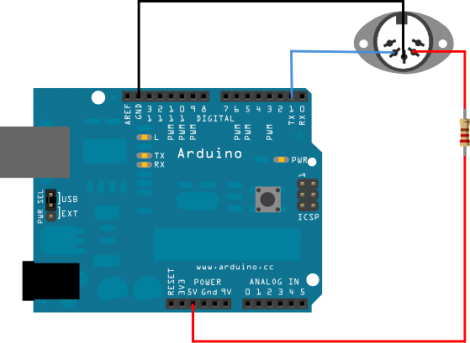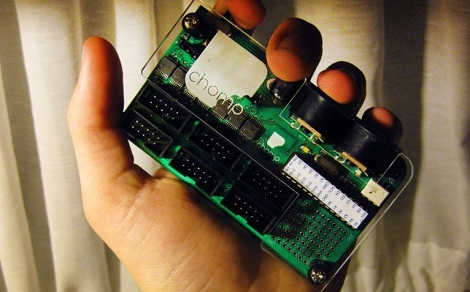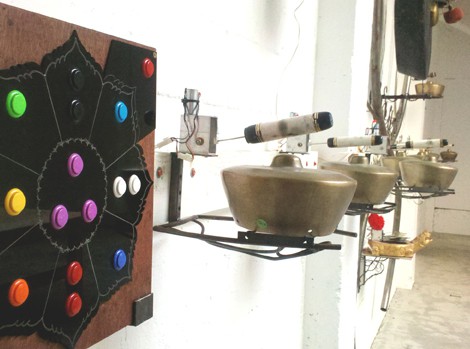
Last summer we got to have a little chat with [Aaron Taylor] about his automated Gamelan orchestra, Gamelatron. The robotic orchestra features a large collection of Indonesian gongs, metallophones, xylophones and cymbals actuated using simple pull solenoids attached to mallets. Gamelatron’s custom controller activates the various 24V solenoids using MIDI, the whole thing is essentially a gigantic MIDI instrument that can be played by whatever sequencing device you so please.
[Aaron] has a variety of ways to pump MIDI into the controller including the “Padma Bhuwana”, a wooden box with 16 arcade buttons wired to an Arduino. The Arduino can either activate sequences on a computer running Ableton live or the MIDI sequence can be pumped directly out of the Arduino for a computer free interactive installation. [Aaron] also plugs his Akai MPD32 to the computer for live shows or he can just let the laptop do all the work for non-interactive installations.
The really interesting thing about having 170 or so simply actuated instruments is the ability to spread them out and fill every facet of a space. A great example of this was the Temple of Transition at Burning man 2011 where the gongs and what not else would span multiple floors. Here is a recent Wired magazine video published where [Aaron] gives a quick overview of the setup, or if you are too impatient for the ads check out a few videos of Gamelatron in at burning man and PEX summer festival after the jump. We also included [Aaron]’s kickstarter video which has a few more details on the setup (as well as irrelevant stuff about the kickstarter project that has since expired). With all the crazy midi instrument hacks we get around here it is not stretch of the imagination to see this has lots of interactive potential.
Continue reading “Gamelatron, A Fully Robotic Indonesian Gamelan Orchestra.”

